“Married at First Sight” is a multinational reality TV show popular in the United Kingdom, Denmark, Australia, and the United States. That’s unsurprising; marriage is one of the most significant life decisions, and the concept of couples who don’t know about each other’s existence minutes until they say ‘I do’ is deeply intriguing. Additionally, the show describes itself as an unscripted social experiment rather than a TV show, to see if couples who are perfect for each other on paper can find love in reality.
But although viewers are glued to their seats as episodes air, what they see on screen results from rigorous casting or scouting, experts’ opinions, careful planning of places and occasions, and strict rules. We will explain how “Married at First Sight” works behind the scenes.
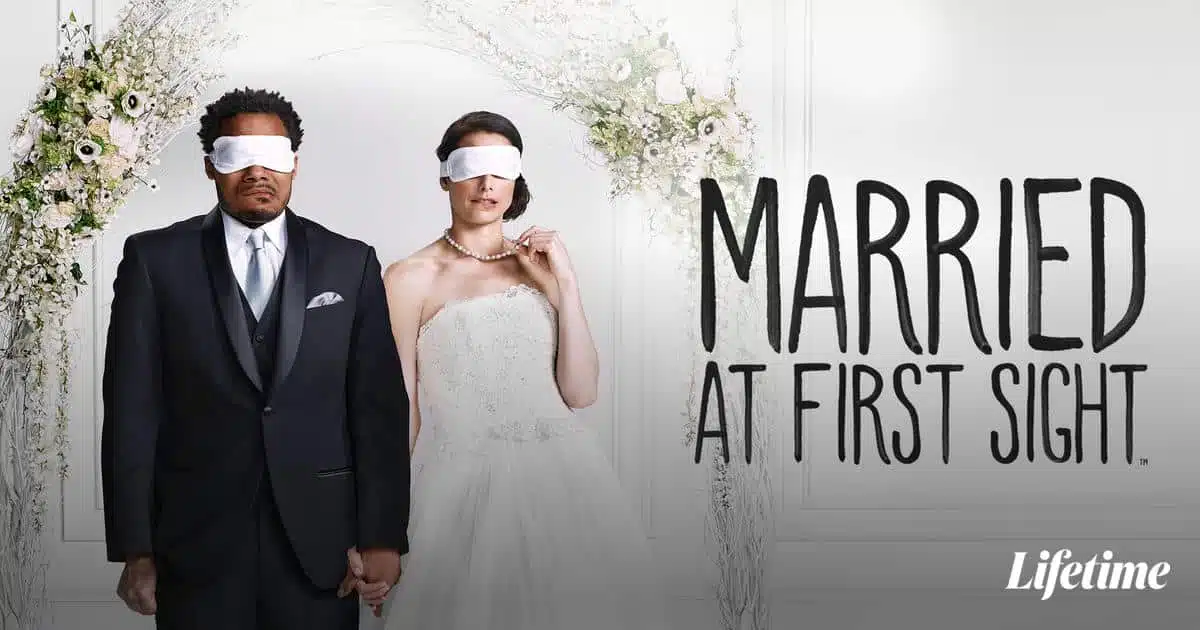
Producers pick a city first
In the United States version of “Married at First Sight,” the producers take a long time to pick a city, over six months in many cases. Although their criteria are unknown, each city they selected was either the capital of the state or one of the biggest. Moreover, the city and the state rarely repeat, except in seasons one and two, which featured New York City and Northern New Jersey.
Participants must live in the city the company chooses since the goal isn’t to test the couple’s long-distance management of love and marriage. However, this is imperfect. The UK show participants revealed they were from places such as Milton Keynes, Bournemouth, and Bromley, yet on paper, they should all live in London during the filming.
The application process is long and difficult
Although the numbers change annually, the US version revealed the number of applications per season crosses the 65,000 mark. To understand how laborious their decision-making process is, viewers must know that the experts have to pick 100 to 200 people with excellent potential. If that wasn’t tough enough, the TV show only has enough airtime to showcase about a dozen couples. Furthermore, applicants must be at least 25 years old.
Another excellent example is the first season of “Married at First Sight UK” whose experts had to shrink the number of applicants from around 1500 to a mere three couples who appeared on-screen. With all that in mind, participants who may be a perfect fit can get rejected due to poorly constructed applications and production constraints.
Producers also scout for potential couples
Although the application process is crucial to the show, producers aren’t sitting idly. After picking a city, the crew does its best to find participants they think the audience would enjoy seeing. They head out to popular gathering places in the city the season takes place in, for instance, nightclubs, cafes, beaches, gyms, sports events, and even churches.
Experts also use the Internet to their advantage and join popular dating websites to scour for interesting individuals. Moreover, they browse social media to find profiles of people who pique their interest. Unsurprisingly, they don’t reach out to everyone they spot. Additionally, it’s typical that the scouted participants don’t know the ins and outs of the experiment in the first season. Experts take a while to explain all the details to ensure they find genuine people.
Couples go through workshops first
The couples who survive the initial culling are sent to workshops with members of their gender to prevent them from seeing their future partners. It is unclear how the producers handled the same-sex couple they picked in 2021, but that was outside the norm. Not a lot is known about the workshop, except that it’s when the couples learn about the upcoming ordeal and sign contracts before proceeding to the next round. For instance, the US version of the show discusses the topic of prenups during that time. Because the show grew so much over the years and the pandemic shook things up, many workshops take place over Skype or the phone.
Experts have different occupations
The US version of “Married at First Sight” hires experts in several spheres to ensure the couple-matching process is well-rounded. They hired a sociologist, a sexologist, a clinical psychologist, a relationship advisor, a relationship and sex expert, and a communication expert in marriage counseling. Additionally, they considered a religious side to marriage, and employed pastor Calvin Roberson from season five to season 10, who is also a husband, a father, an ordained minister, a pastoral counselor, an author, and a public speaker.
According to Sam Dean, the executive producer of the USA version, the three or four experts they hire usually stay for two to three seasons, and rarely come back after leaving the show. That can be due to their professional obligations elsewhere or the ‘grueling process’ of ‘their individual research’ that includes measuring height, shoulder-to-waist ratio, and even index finger length.
https://www.facebook.com/MarriedAtFirstSight/photos/a.299600626909597/353591771510482/
Select contestants undergo tiring examination
The in-depth investigation theoretically eradicates people with legal or personal reasons to not be matched. For roughly 60 people who pass this stage, the next step is even tougher. Participants receive a time-consuming psychological questionnaire with roughly 500 questions. Sam shared that completing the test ‘correctly’ requires about 12 hours of their time. Clark Sherwood, a former contestant, told Cosmopolitan UK the test included inquiries about ‘your likes and your dislikes,’ more precisely ‘your religious views, your political views, what you find attractive, your sexual history, [and] whether you are sexually active.’
Personal research follows the questionnaire. The experts seek compassionate, warm, friendly, empathetic people dedicated to making the marriage work and are prepared to take advice from the experts. They also want people who can talk about their feelings and can say sorry, and on some versions of the show, those who haven’t been married and don’t have children. To finish this step, experts undertake a deeper lifestyle investigation process, hence contestants must consent to a visit to their home.
Experts investigate how organized the person is to judge their marriage viability. The show has filmed them peering into closets, cabinets, nightstands, and bathrooms, and discovering quirks such as keeping shoes in the kitchen sink cabinet, where most people keep plates, pots, or pans. Moreover, they confirm the reported assets such as cars, houses, financial accounts, and debt.
Appearing in other TV shows is a red flag, but doesn’t eliminate candidates
Candidates who appeared in other TV shows aren’t always discarded. Instead, experts have to agree on whether to give people a chance based on their application. For instance, Jamie Otis was cast in “The Bachelor” and “Bachelor Pad,” both dating shows, and still appeared in front of the cameras in the Australian version. However, according to the Australian expert Sabrina Read, they didn’t prioritize or straight-up discarded participants of drama-fueled TV shows such as “MasterChef” or “Big Brother”.
Not all couples get paid
According to RadarOnline.com research, the US participants received $15,000 for the first two seasons, but the popularity boost led them to increase the amount from $20,000 to $25,000 in season three. The TV show also takes care of the expenses associated with the marriage, including the clothing and cake, and the reception, ceremony, and honeymoon afterward. Sadly, based on the budget and the country that produces the TV show, the couples may have to stay in the same location and hotel instead of visiting varying exotic destinations.
Most, if not all couples have to pay for living expenses and residence, too. That includes the food they consume, and the appointments required for their appearance: gym, hair salon, clothing store, make-up artists, and so forth. Couples had to pay to rent a place or stay in a hotel during the eight-week participation if they couldn’t agree to stay at the groom or bride’s residence.
However, the issue of payment depends on the country and the show’s season. The UK participants claimed they weren’t paid at all. Some Australian couples revealed they got a small stipend for filming 50 to 60 hours weekly, roughly AUD 150 per day. They must also agree to film for 12 to 16 hours per day when necessary. Clark Sherwood shared that he barely made money, if any, and in reality, spent quite a lot during the show. In his opinion, other candidates were in a similar situation. Not only that, but they all expected it because of the harsh filtering process and the show’s premise—being ready to support marriage in all aspects, including financially.
Candidates must agree to a lot of restrictions
Candidates are contractually obligated to do several things that limit their freedom. For instance, they must agree to have their social media presence hidden and can’t look up other couples before filming. The social media ban continues for a bit after the show starts filming. In some cases, couples must abide by a one-year media ban, such as commenting online or giving interviews, after their season finishes. Fans speculate this was decided after a “Married at First Sight Australia” contestant Nasser Sultan wanted a media career and appeared in a “Trial By Kyle” TV show pilot a mere five months after his season wrapped up.
Although it didn’t start that way, in the Australian version, the production crew confiscates contestants’ phones during the filming. In contrast, others are encouraged or required to film confessions or dramatic moments through diary cameras. The interest in these genuine moments was so high that a spin-off entitled “Couples Cam” began airing in 2020.
Also, to prevent couples from disregarding their contractual obligations and facilitate filming enough content, the production crew imposes a curfew, for example, being home by 8 p.m. Another restriction involves the wedding attendees who must be ready to sign an NDA (non-disclosure agreement) beforehand to prevent information leaks. An even scarier requirement for some couples is the obligation to either quit their jobs or take a leave of absence during filming. The procedure takes far longer than what the show makes viewers think, and participants revealed they couldn’t work full-time for three to seven months. In most cases, a participant can return to work only after the season’s finale airs.
Not all couples get legally married
The legality of marriage and the lawful prerequisites and consequences depend on the version of the TV show. In general, wherever couples sign a marriage license, they only have a civil wedding, such as in the United States version. All couples sign a prenup that promises the protection of walking out with the resources they entered the marriage with. The situation is handled so well that participants who divorced never had to see their significant other after breaking things off.
In contrast, the participants in “Married at First Sight Australia” cannot get married because of the country’s Marriage Act 1961. The act dictates that a couple must announce their marriage a month and a day before doing the deed, among other things. Instead, they agree to an unofficial commitment ceremony. Couples in the UK iteration of “Married at First Sight” got legally married until season five. The producers stopped with the practice and opted for the Australian way afterward.
https://www.instagram.com/p/Cn2_HhHPCIF/
Couples vote for wedding and honeymoon themes and attendance
The production company hides all wedding and honeymoon details from the couple before they happen. However, to give them the best experience, both upcoming couples vote on several things such as food, style, theme, and music choices. Some interviews made it clear that the final choice is frequently based on what the woman picks. Moreover, the attendance was heavily limited, with roughly 20 people per person getting married.
Couples aren’t always encouraged to meet each other
Whether couples will socialize depends on previous drama and the iteration of the TV show. In some formats and seasons, couples were banned from interacting and led separate lives. In others, couples had meet-ups and hung out after the filming ended for the day. In that case, the producers gave couples chaperones.
However, some proved the proverb of where there’s a will, there’s a way, especially in Australia. Davina Rankin was married to Ryan Gallagher while cheating on him with another participant, Dean Wells. Similarly, stars Sean Thomsen and Tracey Jewel had a secret relationship the producers didn’t know about. In general, if couples fall out, they can get separate apartments but must continue filming for six to eight weeks, based on their contract.
Not all couples are each other’s perfect match
Although people associated with the show claim otherwise, some participants had a distinct feeling they aren’t destined to be. Clark Sherwood and Melissa Sherwood both found inconsistencies, discussed it, and believed the science was ‘pointless’. For example, Clark put a height of 5 ft 5″ or 165 cm to 5 ft 6″ or 167.5 cm as a priority, yet Melissa was only 5 ft or 152.5 centimeters. She had similar wishes that he didn’t meet, such as that she was moving to Milton Keynes while he was from London, forcing one of them to relocate, breaking the long-distance avoidance clause. They both concluded that the person intended for them pulled out from the show at some point, and they were each other’s second choice.
Jamie Otis also had concerns about the science since she felt no attraction to her husband at first. Interestingly, the two are married in 2023 and have two children, Hendrix Douglas, and Henley Grace Henner. Sadly, the couple lost their first son, Johnathan Edward, in 2016, when she was only 17 weeks pregnant. Another participant, Lauren Huntriss, revealed on Instagram that she was ‘pulled off the street just weeks before’, contradicting the show’s claims of exhaustive investigation.
How the show handles divorce
Nearly all divorces happen during Decision Day which marks the eight-week marriage period during the show. If both contestants want to divorce or marry, the next step is straightforward; the show pays for legal fees for the divorce and wraps up any leftover lawful obligations for marriage. Although the show’s producers do their best to accommodate participants, they only pay for fees during the show or shortly after. Otherwise, they cover a small portion or none of the divorce costs.
Will Clint stop putting his foot in his mouth? Find out TOMORROW on a brand-new #MAFSNashville pic.twitter.com/f0zb6m7BM2
— Married At 1st Sight (@MAFSLifetime) February 7, 2023
Furthermore, if one person decides to divorce while the other seeks marriage, the couple must divorce. This was the right decision; many couples who married decided to divorce after the show but very few, if any divorced couples got married after the season wrapped up. In all cases, each couple must publicly address their break up. Also, annulment is not an option wherever couples got legally married.
The show took a long time to introduce same-sex couples
All versions of “Married at First Sight” featured a traditional marriage between a man and a woman. It was only in 2021, eight years after the Danish show, the first version, premiered, that the UK version broke the mold. They introduced two male same-sex couples, first Matt Jameson and Daniel McKee in 2021, then Thomas Hartley and Adrian Sanderson in 2022. The audience welcomed this decision with glee and the show announced they would feature a same-sex female couple in 2023.

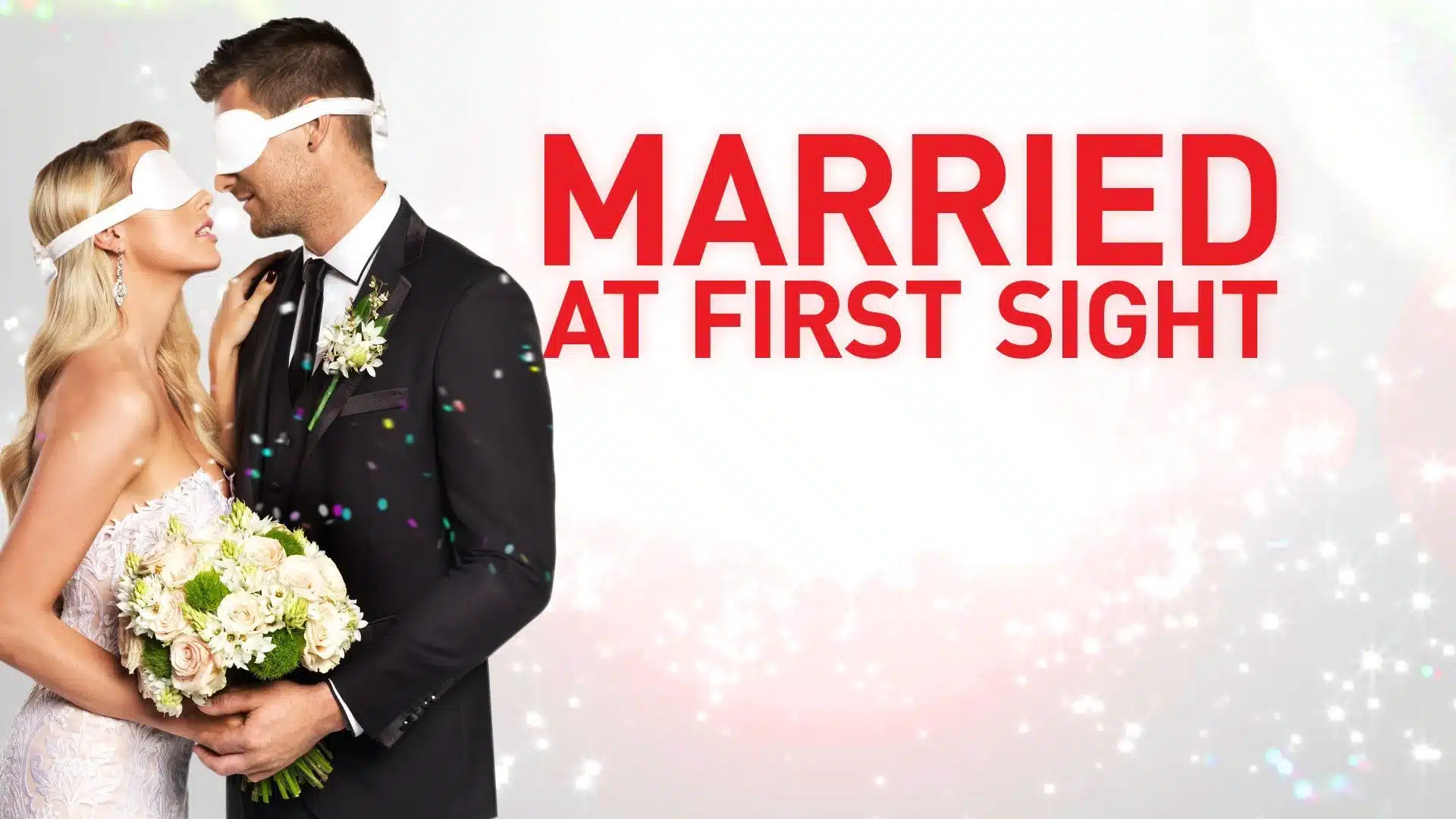
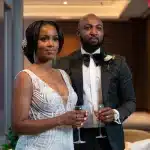


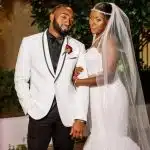



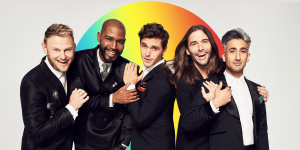

Leave a Comment